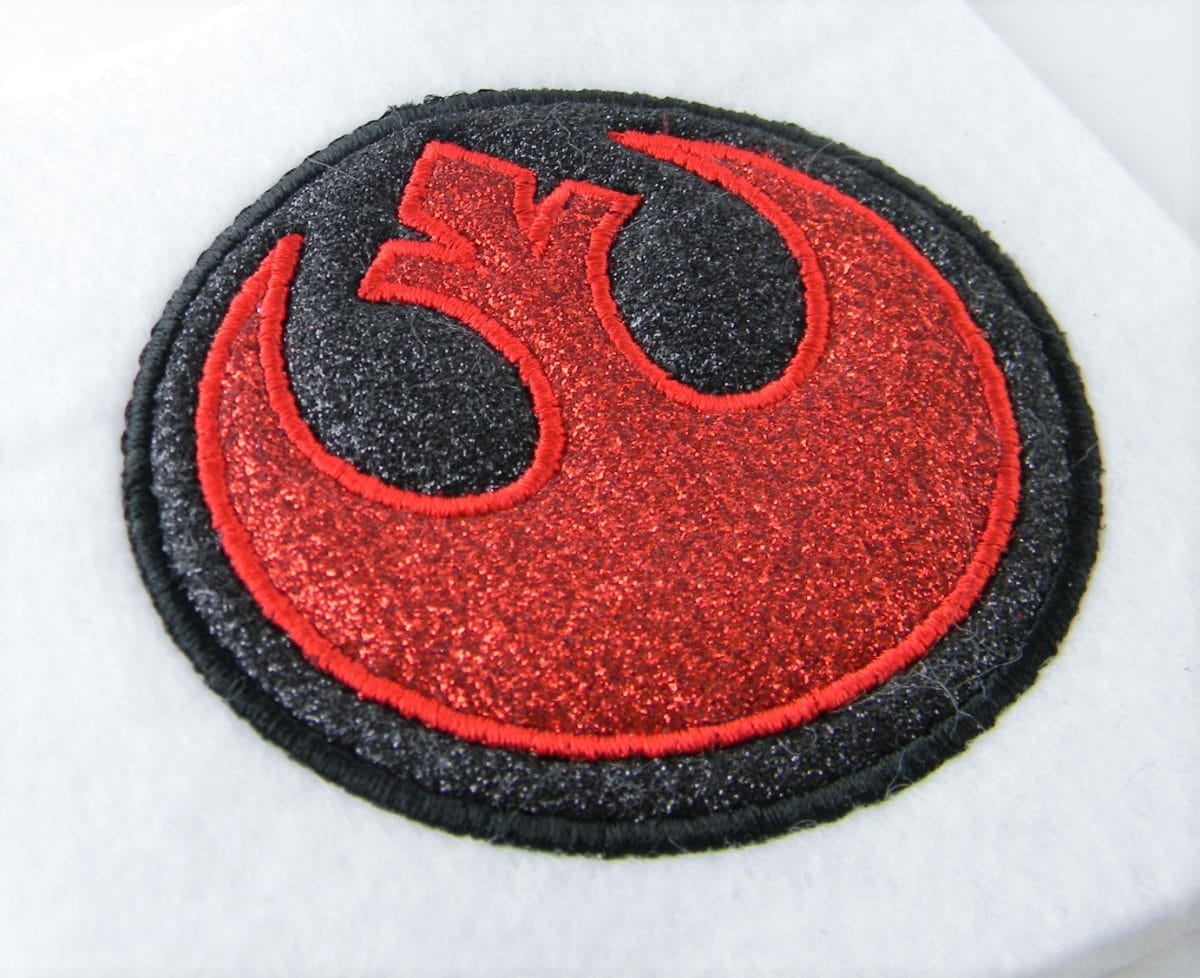
Following the tips below can help assure the artwork you provide will achieve the dynamic results you want when your logo is screenprinted or embroidered on your wearables. It can also help increase the efficiency and quality of the decorating process. Art that is “ready” for use is provided in an electronic file that can be used for pre-press and printing without making modifications. Below are a number of important considerations and tips to help get your art ready for decorating.
Art may be provided in any of the following formats. Please note the modifications that may need to be made it order to make each format ready for decorating.
For all three formats, proper resolution is critical for clean results. The standard resolution for printed artwork is 300 dpi (dots per inch).
Mechanical artwork: The traditional standard for acceptable mechanical artwork is “camera-ready black and white.” Mechanical artwork can be supplied on a sheet of white paper or bromide, and should be no larger than 8.5″ x 11″.
Hand-drawn artwork: A logo that’s been drawn by hand is a great starting point, but it will need to be digitized and modified for practical use.
Digital artwork: Images created in Adobe Illustrator, QuarkXPress, Adobe Acrobat Reader, Microsoft Word, Excel, or Powerpoint are preferred over mechanical and hand-drawn artwork for quality of the end result and efficiency. However, digital artwork may still require modification and/or preparation for the decorating process.
File suffixes: If your digital artwork file ends with any of these suffixes, it can be used to properly prepare your art: .bmp, .eps, .gif, .pct, .pdf, .tiff
Proofs: Any time you supply digital artwork, be sure to include a printed proof for reference.
Disk formats: When providing your artwork on disk, it is best to use one of these more standard disk formats: CD-Rom, 100-megabyte Zip, or regular floppy. 250-megabyte Zip, Jazz drive disks, and Syquest disks are also acceptable.
E-mailed art: When sending your artwork via e-mail, be sure to provide all of the basic elements, including:
– fonts
– layers
– paths
Artwork provided in the following forms, or similar forms, will not be able to be modified into ready art… therefore delivering extremely poor results when translated into decoration for a garment:
on a fax sheet
scanned into a computer
on a business card
File suffixes: If your digital artwork file ends with any of these suffixes, it can be used to properly prepare your art: .bmp, .eps, .gif, .pct, .pdf, .tiff
on a printed promotional item such as a napkin or matchbook cover
Consider these lesser-used, but highly-noticeable garment locations for a unique logo/artwork placement.
Estimating Stitch Count: Here is an easy way to estimate the amount of stitches you’ll need for great looking logos.
Print out the grid below
Cut out your artwork and place it over the grid
Count the number of boxes it fills, then find that number in the chart
If your design goes outside the grid, estimate the extra grid space you need and add it to your original total.
1 solid square inch of embroidery equals approximately 2,000 stitches.
1 solid square 1/4 inch of embroidery will equal about 125 stitches.
No letter should be smaller than 3/16″ each letter 1/4″ in height equals about 100 stitches.
Drop shadows in your logo will translate to 200 extra stitches per inch.
Straight lines under logos typically require 200 extra stitches per inch.
Fabrics, colors, and artwork detail will affect the amount of stitches.
It is important to remember that these stitch-count tips, and the stitch-count grid, provide estimates only. They are a good starting point to arrive at a ballpark count, but the precise figure can only be determined when the actual embroidery of your design is performed.

Note: Due to differences in computers and printers, the size of the grid may be distorted when you print it out. Be sure to check that 1-inch squares actually measure 1 inch on your printout (do the same for 1/4-inch squares). If such a size distortion occurs, you can scale your printout of the grid to a more accurate size using a photocopier.
Please select a Widget Block to show in this area.

Buying for Men: Any style listed as Adult are sized for men. Adult Golf-cut styles generally offer a better fit for beefier male builds.
Buying for Ladies: Styles listed as Ladies’ are women’s sizes. If the women on your team prefer a Men’s or Adult style, select one size smaller than what they would wear in Ladies’ sizes.
Buying for Groups: Use the charts below for a general percentage to help you determine how many shirts in each size you need when buying for a group.
To calculate your buying quantities by size, simply multiply the number of people in your groupby the percentage in the chart for each size.

